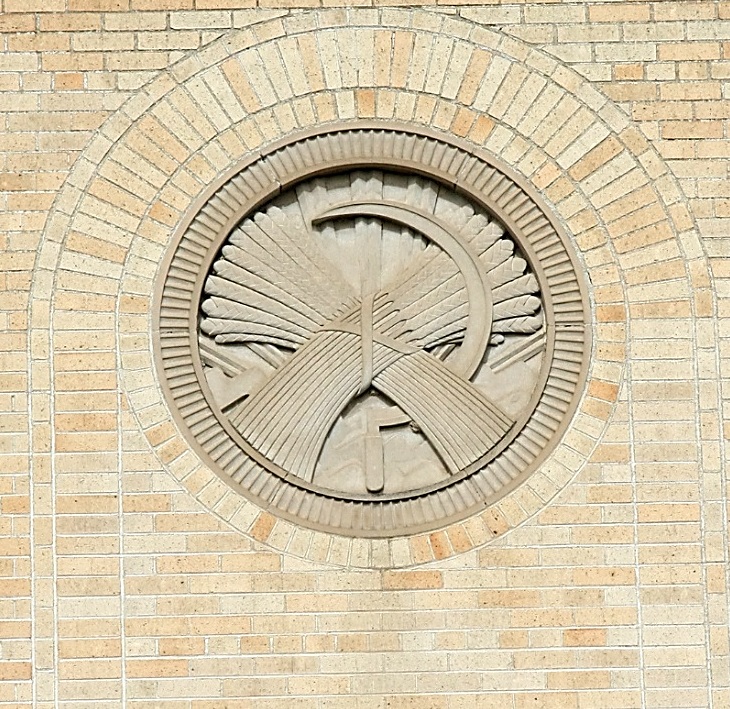Thanks to our Palouse Heritage crop plots tended by a dedicated group of local school students, we were able to supply some heritage bread wheat flour to legendary baker Angela Kora at Ethos Bakery in Richland. Angela has kindly provided her incredibly flavorful creations for museum events and we enjoy visiting with her about agrarian traditions from long ago (see below). Responsibility for care of the fields from seed time to harvest through the centuries substantially rested with young adults and older children. Villages from Eastern Europe to the British Isles were generally synonymous with a single religious parish and many inhabitants shared ties of kinship that fostered social cohesion. But responsibilities and obligations rested with family units to care for the land. To be sure, all able-bodied workers of both genders were deployed during the crucial weeks of harvest, and important roles were also assigned to older children and elders to care for the youngest and provision reapers and binders. But prevailing economic norms that tied family units to individual holdings, tenancies, and leases limited greater cooperative economic development.
Angela Kora, head baker at Ethos Bakery in Richland, WA
Ethos Bakery Bounty
The wider availability of cereals led to greater specialization in food production. As early as the 1360s records from the Poitou region of central France reveal the grading of four types of wheat bread likely typical in other parts of Western Europe: superior white choyne made from sifted flour of highest quality and salted, unsalted choyne (Russian krupichataya), high extract reboulet likely made from approximately 90% whole flour with the heaviest bran removed (Russian sitnaya), and unsifted, whole grain safleur bread (Russian resheto).
Commoners also made coarse flour from barley, rye, and oats for flavorful, dense breads, and remained faithful into modern times to old culinary traditions using toasted grains for an array of such nutritious soups and porridges as Italian polenta (barley), Brittany grou (buckwheat), Russian kasha (rye), and Scottish porridge (oats). Raw grain was commonly stored in well-built wooden chests (known as “hutches” or “arks” in Britain) that rested upon the kitchen or pantry floor.












